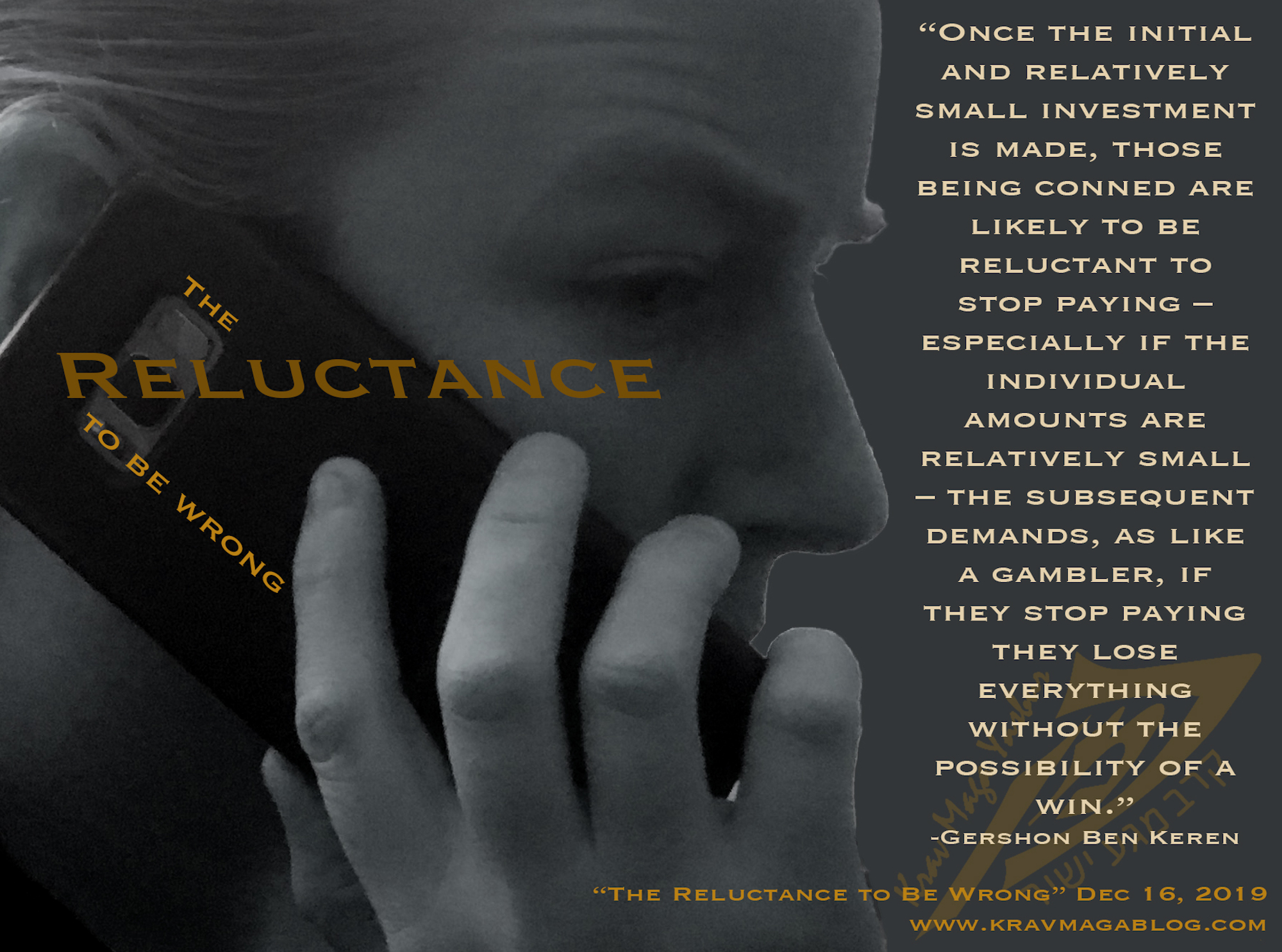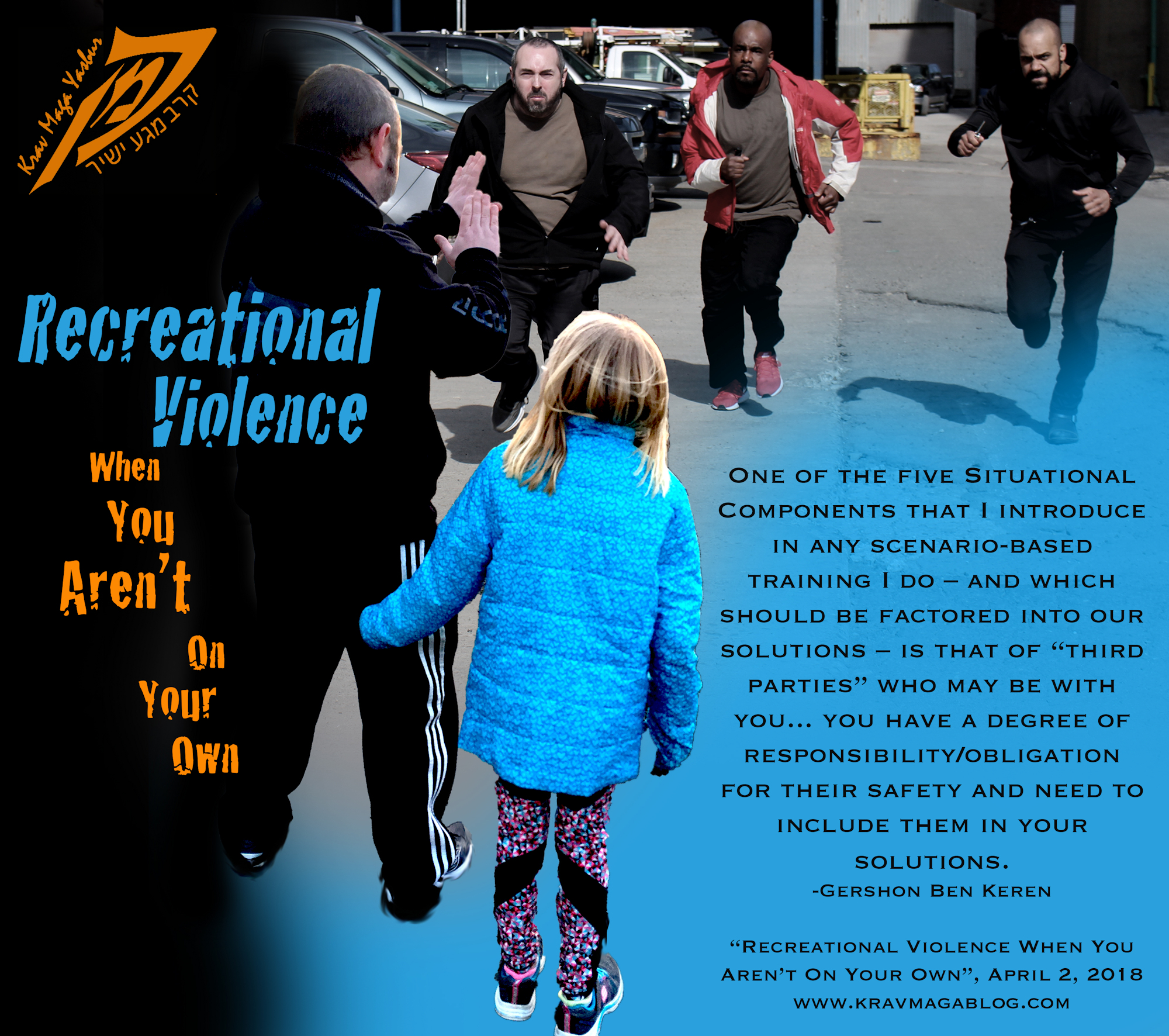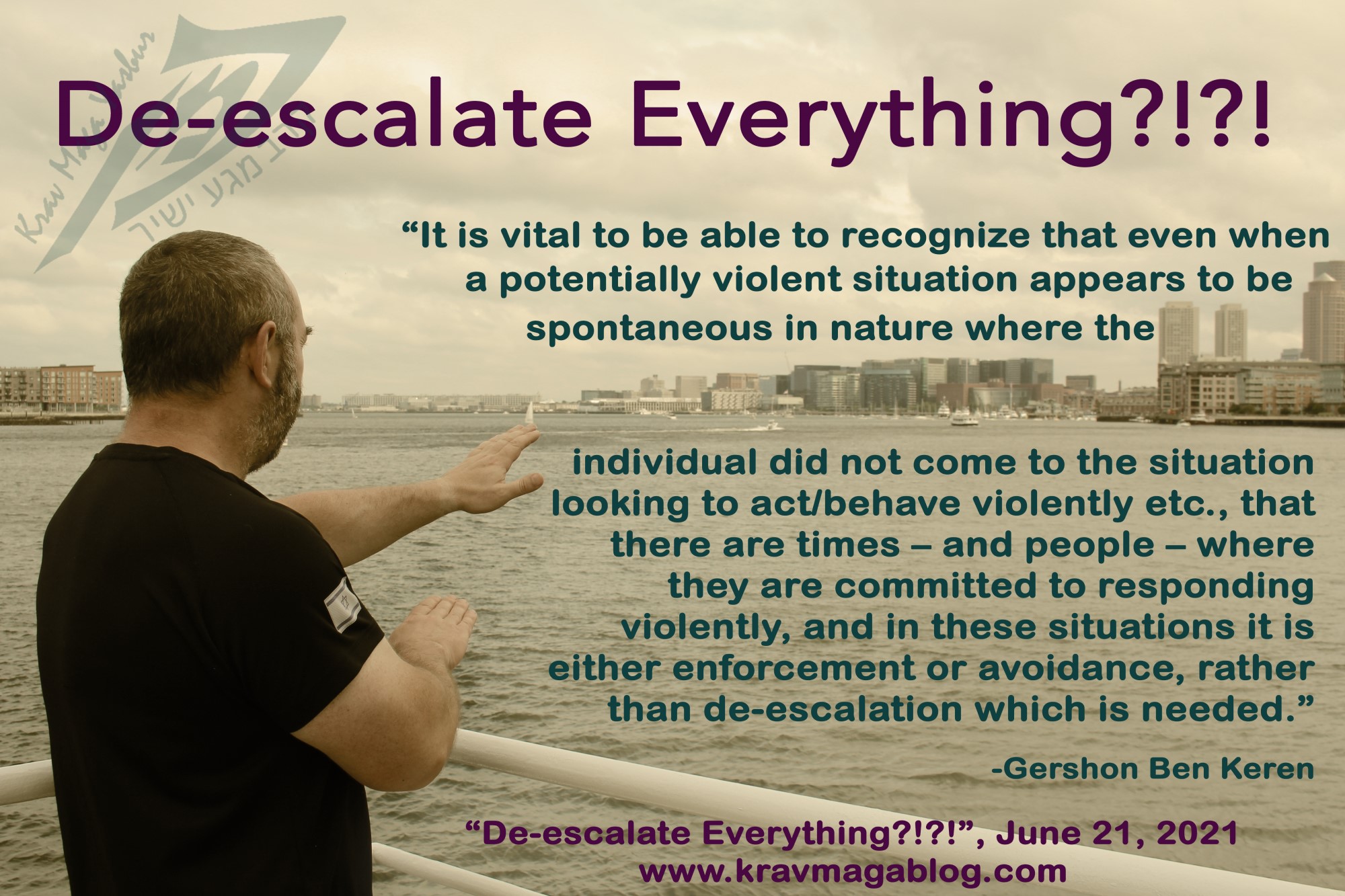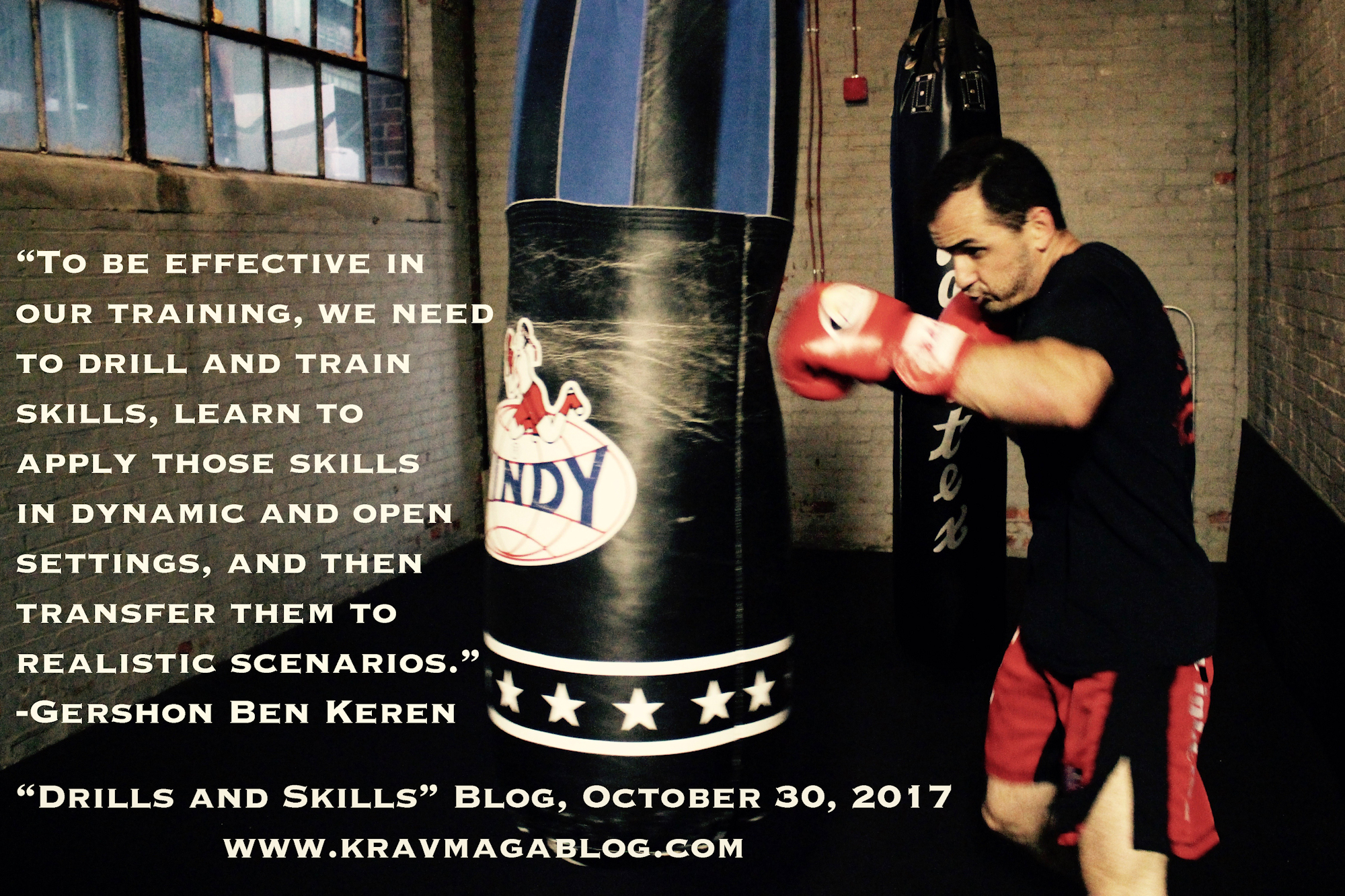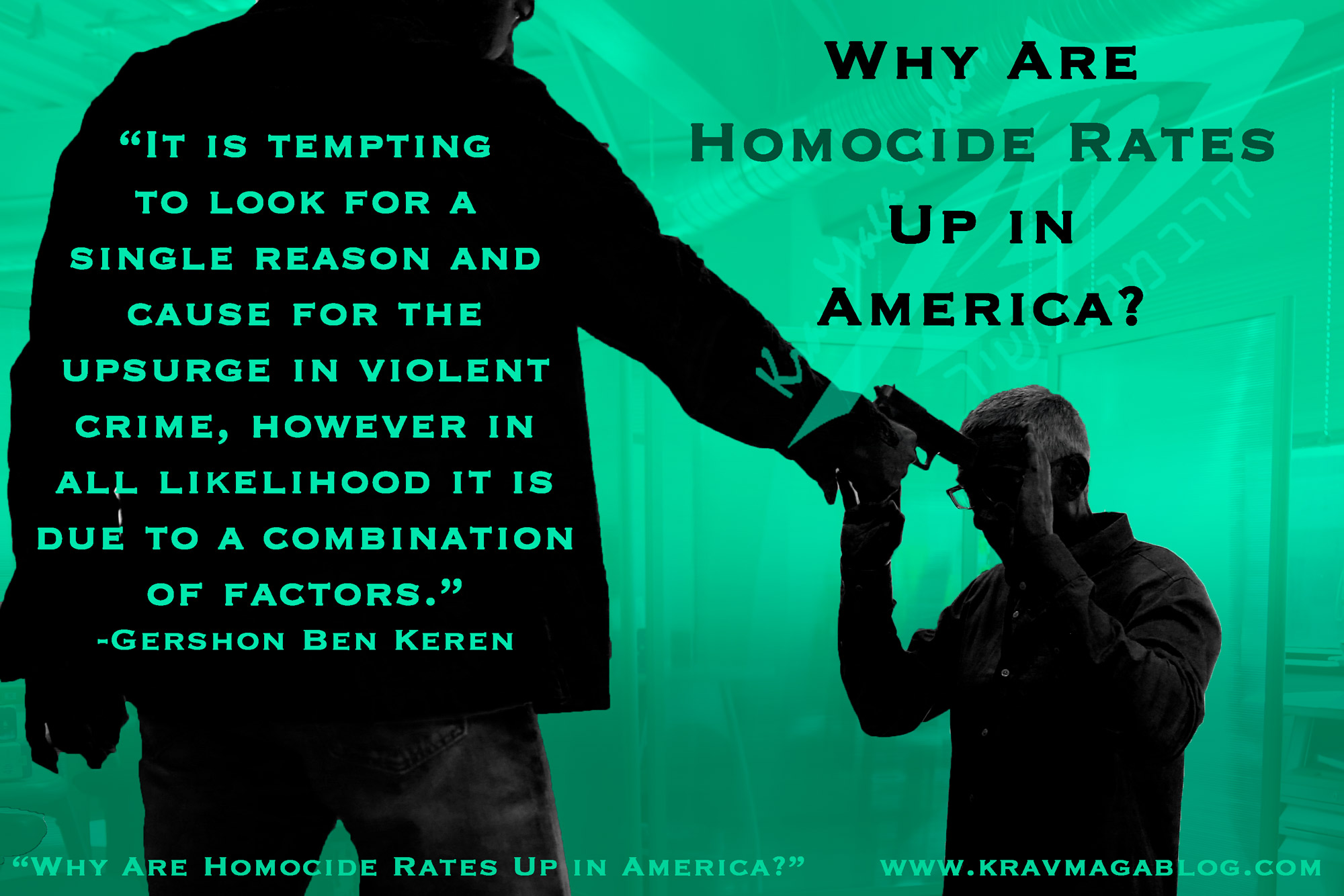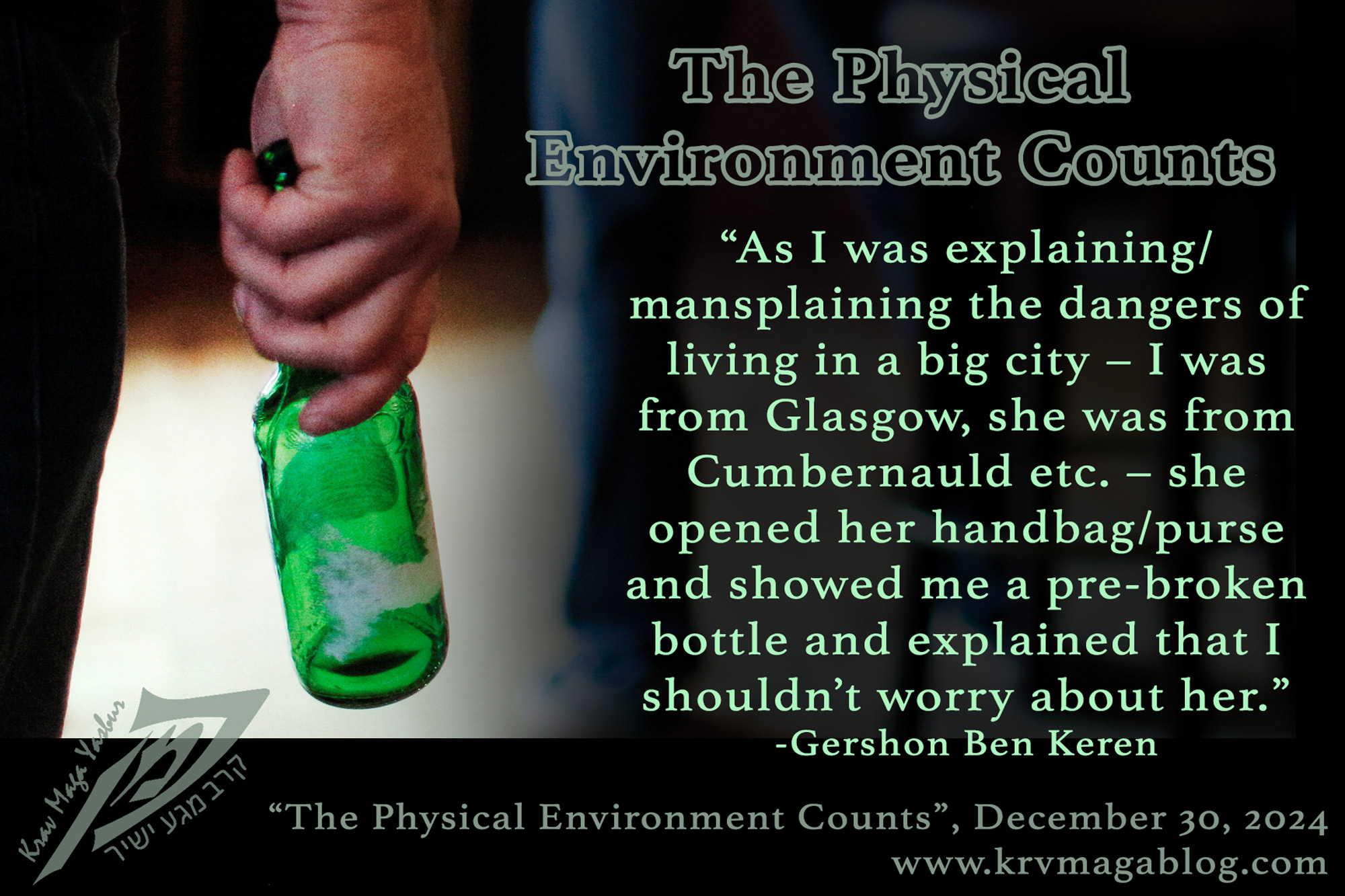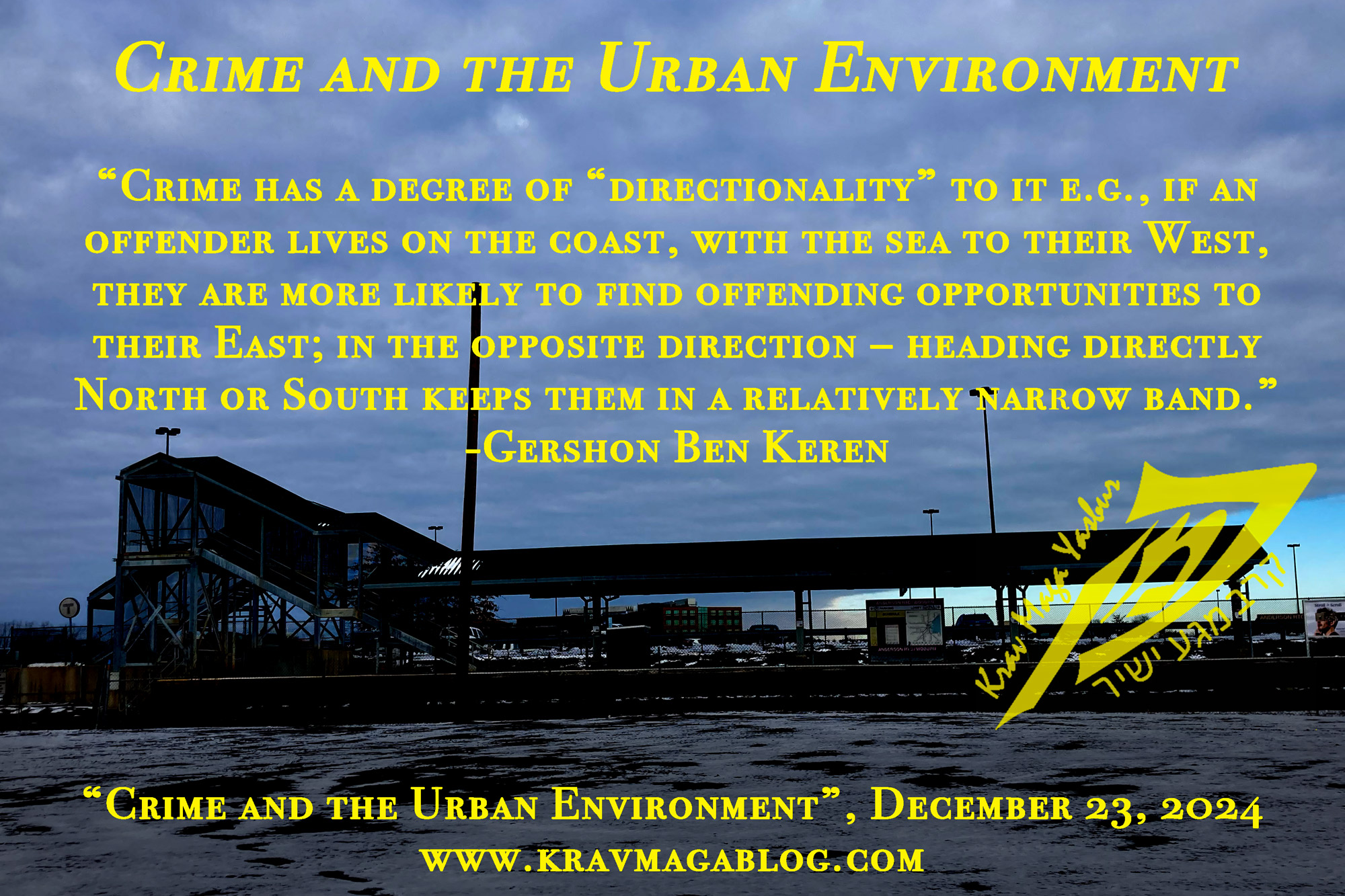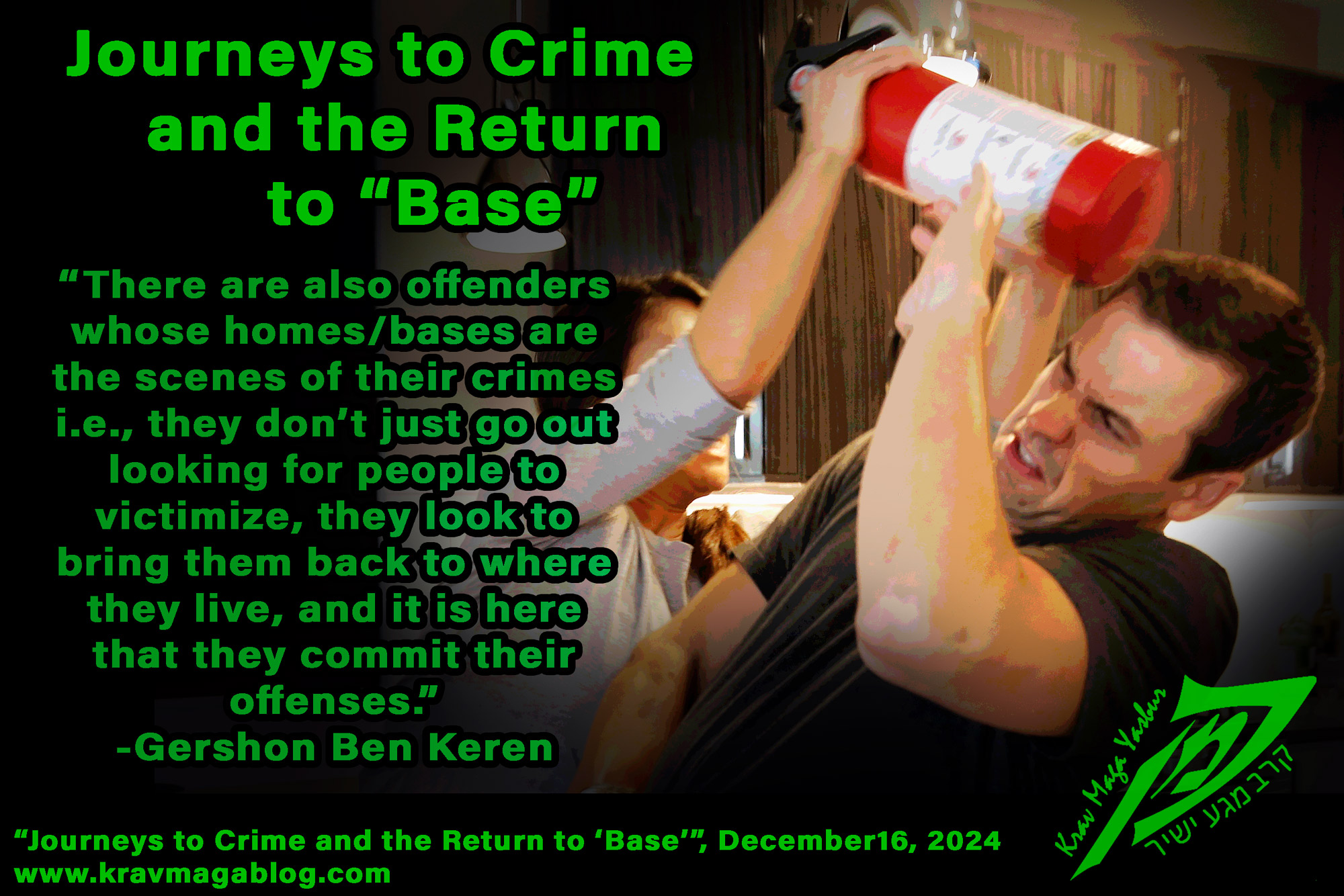Why Are Homicide Rates Up In America?, is an article written by Gershon Ben Keren, a 5th Degree Black Belt in Krav Maga, who teaches Krav Maga in Boston, MA. He has also authored three Amazon best-Selling Books on Krav Maga.
Over the past 18 months, homicides and incidents of aggravated assault have increased sharply in the US (this has not been the case in the UK or Europe) e.g., around 33 000 deaths due to violence, 8400 more than in 2019. Overall, this is a significant increase, made more significant by the fact that many other types of offenses, such as property crimes, fell (by 7.9%). However, it is worth noting that from a historical perspective violent crime – including homicide – is relatively low i.e., at the moment this 18-month period represents a “spike” in a rate that has been consistently declining since 1992. This rise in violent crimes was experienced primarily in large cities, and in the Midwest and the South; it was not experienced universally across the United States. In comparison with other crimes, homicides are still, even with this rise, relatively rare events (making up less than 1% of all reported crimes); in fact, compared to other human events, such as going shopping, driving etc., all types of crime are relatively rare. However, spikes and sharp drops in certain crime give us an opportunity to explore the nature of these offenses, against the landscape in which they occurred e.g., how did certain changes in lifestyles and routine activities caused by the COVID-19 pandemic affect violent crime, including homicide? As well as looking at lifestyles changes etc., it is also worth considering other changes which may have impacted the crime rate, including economic factors such as inflation, food shortages, and the reduction in certain social services etc.
A country going into lockdown sees most groups and communities changing their routine activities, as members generally don’t go to work, and/or frequent places such as bars and restaurants etc., and so end up spending a greater percentage of their time at home, often in close proximity to family members etc. One section of society whose routine activities carried on largely as normal – no social distancing etc. - were members of organized gang whose rates of offending appeared to be largely unchanged during the pandemic (Brantingham et al., 2021). However, for most people the lockdown meant an interruption to previous daily routines, that saw them stuck in their homes, living 24x7 with family members etc. leading for many to heightened levels of stress and anxiety (Srivastava et al., 2021). When we consider that for the majority of homicides the perpetrator knows their victim, then this change of routine that sees people who know each other spending more and more time together, the number of potential opportunities that could lead to violent, and potentially fatal, offending increases significantly. Prolonged periods of “Cabin Fever” increase levels of aggression, as well as the number of opportunities upon which to act on it (Ussher et al., 2021), which may help to explain the rise in homicides. Another factor that could explain why the US experienced a spike in homicides where the UK and Europe didn’t is the presence of firearms (handguns are used in 77% of US homicides). All countries may have experienced a similar rise in household aggression etc., however with the presence of a firearm during an aggressive exchange there is a greater chance of it ending with a fatality etc. This may also explain the discrepancies between homicides in different states with those in the Midwest and the South seeing a larger increase in murder rates, than others, due to higher rates of handgun ownership. It is however worth noting that Alaska, the US State with the highest percentage of gun ownership, saw a decrease in its homicide rate, so there may be other factors, that are at play.
It is always worth considering the impact of “background” factors, which may not directly lead to incidents of violence but are reflective of conditions, which may create or be conducive to violence i.e., they may act as correlating indicators, for a number of things that can lead to violence etc. There has been a fair amount of research on the relationship between inflation and crime, though it has largely been focused on acquisitive crimes such as robberies, thefts and shoplifting etc., with people either searching for cheaper stolen goods and products to buy, or engaging in robbery to acquire more cash etc. However, Rosenfeld and Vogel (2021), building on the work of Fischer, have shown that homicide rates do, to a certain extent, follow that of inflation. This is not to suggest that there is a direct link between the two but rather that the conditions that high and especially unstable prices cause, such as price uncertainty may be “stressors” that lead to or cultivate violent behavior. Another similar factor that correlates with increases in violent offending, including homicides, is food insecurity i.e., individuals and communities who don’t have a predictable supply of food are more likely to engage in acts of violence than those that do – including those who suffer from food scarcity, but have a predictable supply (Miller et al., 2021). The Pandemic has seen both a rise in prices, and a period where food supplies were – and to a certain degree – still are, unpredictable. Both of these may create, or simply represent, environmental factors, such as “unpredictability” that could result in a greater degree of violent offending – including murder. When the threat of job uncertainty is added to these other unpredictable factors, it can be understood that many people were/are living their lives in a heightened and unstable emotional state.
It is tempting to look for a single reason and cause for the upsurge in violent crime, however in all likelihood it is due to a combination of factors, including changes in the way policing was conducted in the early part of the pandemic etc. Perfect storms are usually the result of several things coming together, and this may well be true of the increase in homicides during and after the lockdowns.
0 COMMENTS